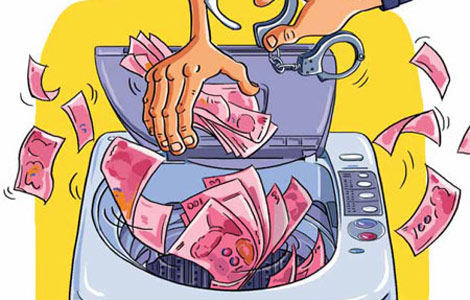Historic shift in China's banking
Updated: 2014-01-24 16:59
By Lu Zhengwei (chinadaily.com.cn)
|
|||||||||||
Central bank makes unprecedented move to expand lending just as depositors start withdrawing cash ahead of the Chinese Lunar New Year.
China central bank has announced an unprecedented move to inject liquidity into the banking system by offering short-term funding to selected small and medium-sized financial institutions in 10 provinces and cities, including Beijing, Jiangsu, Guangdong and Shenzhen.
The People's Bank of China (PBOC), which announced the expansion of its standing lending facility (SLF) on Jan 20, said the liquidity support will be offered when the overnight, 7-day and 14-day repurchase rate exceeds 5 percent, 7 percent and 8 percent, respectively, using government bonds, central bank bills, policy bank financial bonds, and high-grade corporate bonds.
The move is hugely significant in three ways.
First, it helps break up the monopoly of the county's money market. The current market structure is centered on the top five State-owned banks - the Industrial and Commercial Bank of China, Agricultural Bank of China, Bank of China, China Construction Bank, Bank of Communications - and China Development Bank.
Because of the narrow focus, once the six banks start borrowing, the whole market erupts in panic, causing acute cash crunches and soaring interest rates.
In the past, the central bank would only pump money into the above-mentioned six banks, and occasionally one or two joint-equity banks, albeit not openly. Now, however, things have changed.
The market has become more open, and regularly scheduled, with a clear-cut interest rate. As a result, the liquidity will be more evenly distributed.
Second, it means the central bank is exploring open market operations with certain thresholds.
For example, the PBOC has clearly set the interest rates for overnight, 7-day and 14-day funds. The SLF will be activated once the interbank rates and repossession rates exceed the thresholds.
This is a significant step forward. Still, we need to further cut the number of thresholds in a bid to keep the yield curve smooth, and in line with the non-arbitrage principle.
Related Stories
China central bank injects $19.6b 2014-01-24 09:26
China central bank injects money into market 2014-01-21 14:57
Stock index edges up after PBOC adds funds 2013-12-25 00:34
China's interbank rate drops after cash injection 2013-11-21 16:28
Record liquidity added for holiday spending spree 2013-02-08 10:11
Today's Top News
Merkel outraged over Ukraine crackdown
Berlusconi faces new investigation
China seeks to attract skilled foreign workers
Abe's call for talks rejected
Cities halt live poultry trading
State Council mulls work report
NSA phone program should end
Xi urges leading group to push reforms
Hot Topics
Lunar probe , China growth forecasts, Emission rules get tougher, China seen through 'colored lens', International board,
Editor's Picks

|

|

|

|

|

|





